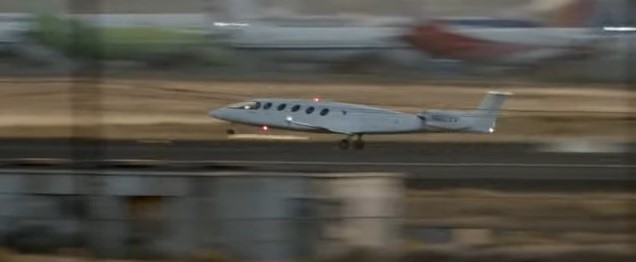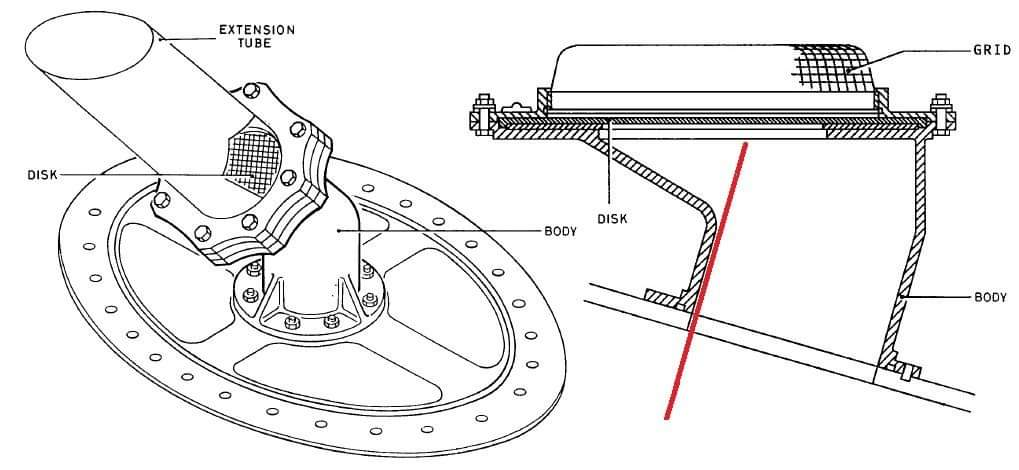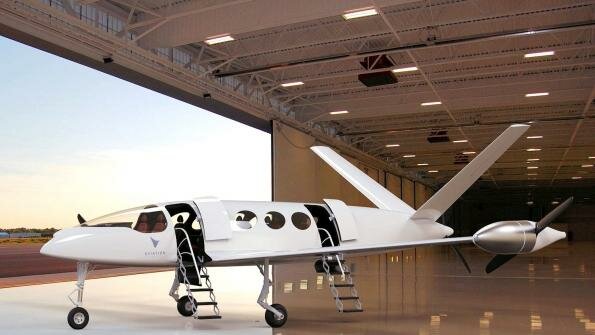After months of delays, Alice's first flight could be a major step toward future electric-powered air travel.

www.thedrive.com
Eviation’s electric commuter airplane test article Alice has flown for the first time. What’s the story behind this sleek, nine-seat, zero-emission aircraft?

www.flyingmag.com
By Bryan Corliss Sept. 27, 2022 © Leeham News: The battery-powered Eviation Alice has flown for the first time. The nine-seat aircraft, powered by twin electric propeller motors assembled by Eviation’s sister company, magniX, rotated up and took... Read More

leehamnews.com
Some interesting nuggets of information quoted from the articles above :
“It’s the first Part 23 aircraft that’s all fly-by-wire,” Bar-Yohay says. “It was a very, very painful aspect of the development of this system. It makes the system much more complex and it takes a long time and a lot of money to do this right.”
"The fractional weight of the battery system is roughly 50 percent of the MTOW of the aircraft. The battery is very big. In fact, Bar-Yohay says the “battery itself functions as a structural part of the aircraft. Meaning the plane cannot fly without the battery there, from a load bearing perspective.”
"Over the past seven years, Eviation considered several design options before it settled on this one. “We looked at canards. We looked at box tail designs,” Bar-Yohay says. “We looked at the wingtip propellers and we landed with something that is very avant-garde, while still being a plane.”
“The biggest technical challenge that Eviation has to overcome is the development of batteries,” he said. “We really do need the industry to boost the energy density.” Because of that, Davis said he doesn’t expect that Alice will win regulatory approval until 2025, and won’t be carrying paying passengers until 2027"
"The plane that flew this morning was Eviation’s “proof of concept” aircraft, Davis said. With a five-year gap before the expected entry into service, and with technologies developing rapidly, “we absolutely will make evolutions to the aircraft,” he said."



















